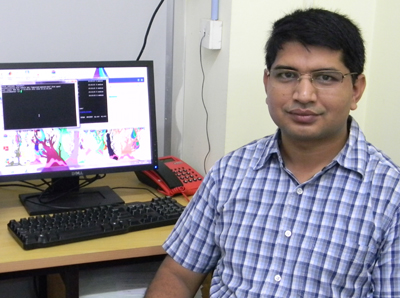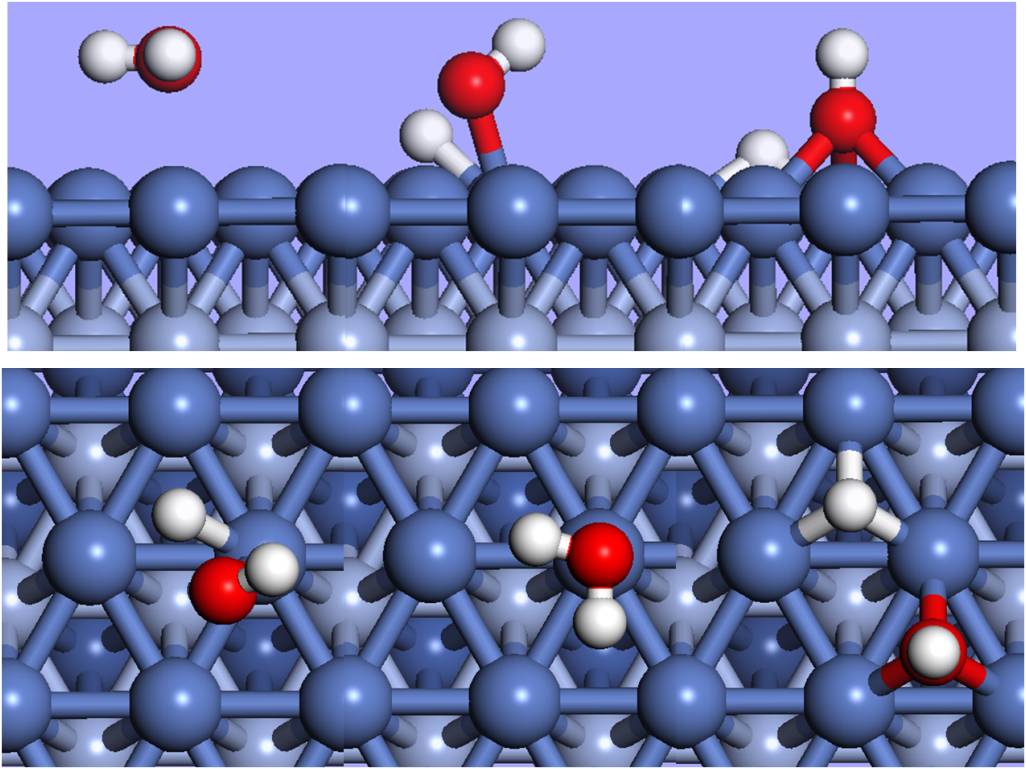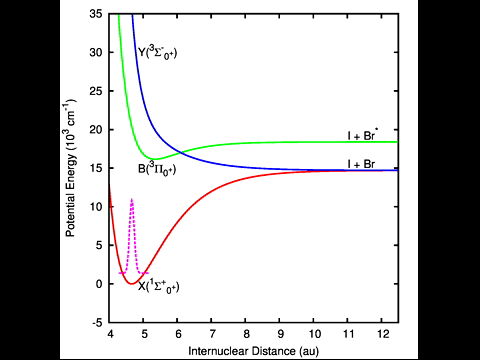 |
| Indian Institute of Science Education and Research, Kolkata |
| |
|
 |
Broadly, the field of reaction dynamics helps to obtain atomic level understanding of chemical reaction mechanisms. Our goup is involved in theoretically understanding reactions in gas-phase, important in atmospheric chemistry, reactions in the gas-solid interface, relevant in heterogeneous catalysis and the reactions involing laser-molecule intractions, widely used to control the outcome of desired chemical reactions. |
| Prof. Ashwani Kumar Tiwari |
|
|
Positions:
- Dean of Faculty Affairs, Indian Institute of Science Education and Research Kolkata (2025- ).
- Dean of International Relations and Outreach, Indian Institute of Science Education and Research Kolkata (2022-2024).
- Professor, Indian Institute of Science Education and Research Kolkata (2019-present).
- Associate Professor, Indian Institute of Science Education and Research Kolkata (2015-2019).
- Assistant Professor, Indian Institute of Science Education and Research Kolkata (2010-2015).
- Postdoctoral Research Associate, Department of Chemistry, University of Massachusetts at Amherst, USA. (2008 – 2010).
- Postdoctoral Research Associate, Department of Chemistry, Technical University of Denmark, Lyngby, (2007- 2008 )
- Ph.D. (Theoretical Chemistry): Indian Institute of Technology, Kanpur, India, 2007.
|
|
Honors:
- Japan Society for the Promotion of Science (JSPS) Invitational Fellowship (2024).
- Fellow of the Royal Society of Chemistry (FRSC) (2021).
- Bronze Medal by Chemical Research Society of India (2019).
- Visiting Professor Fellowship, NWO, The Netherlands (2016).
|
|
| Recent Works:
|
| Water dissociation on Cu and Ni surfaces: Energetics and dynamics |
A first step in many industrially important catalyzed reactions is dissociative adsorption, where a molecule breaks a bond as it collides with surface and adsorbs on it. Water dissociaton is the rate determining step in the industrially important Water-Gas Shift reaction and also an important step in the Methane Steam Reforming reaction.
Important conculsions from our recent studies on water dissociation on Cu and Ni surfaces are:
1. On Cu(111) surface, vibrational excitation of water molecule significantly enhanced the dissociation while molecular orientation and rotation also had a small effect in increasing the reactivity.
2. On low-indexed Ni surfaces, surface temperature had a significant role to play while accounting for the reactivity of water dissociation by increasing the dissocaition probability with the increase in temperature. On more corrugated Ni(110) surface, the motion of the atoms of the second layer were also important at lower temperatures and low incident energies.
In the future, mode- and bond- specificity of water dissociation on nickel and copper surfaces will be studied in detail and also include the effect of surface temperature using the 'sudden model', used in our studies, to match the experimental findings, quantitatively.
Ref: J. Chem. Phys. 137, 094708 (2012), J. Chem. Phys, 139, 174707 (2013), Int. Rev. Phys. Chem., 39, 267-318 (2020), J. Phys. Chem. C, 125, 13819-13835 (2021) |
 |
| |
| Gas-phase quantum dynamics on time-independent and time-dependent PES |
| In recent years, laser field has been used to control and guide the dynamics of of an atom or molecule from a given initial state into a desired final state. Our aim is to demonstrate the influence of various factors like pulse shaping, phase coherence, carrier envelop phase, time delay in pulse train, chirping, stationary or non-stationary state excitation which governs the fate of a generic problem A + BC <-- ABC --> AB + C under both strong and weak laser fields. In strong field limit, Born-Oppenheimer PES undergoes distortion, thereby we are also trying to implement time-dependent computations where both electronic and nuclear motions are coupled.
We also study the dynamics of gas-phase collision processes which are of atmospheric importance evaluating the reaction probability and cross-section and comparing with reported experimental data.
Ref: Phys. Rev. A, 89, 023417 (2014), Eur. Phys. J. D, 68, 169 (2014) |
 |
|
| |
| |
Home Research People Publications Gallery Contact
© 2012 Theoretical Reaction Dynamics Lab, IISER-Kolkata |



